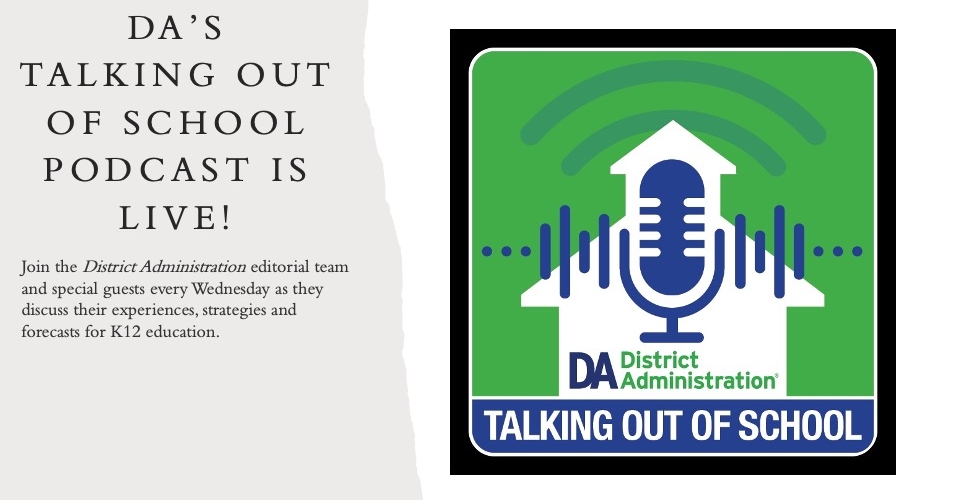That school districts would spend all of their available ESSER funds was, despite the alarming headlines, never in doubt for most K12 administrators. The big questions most superintendents and their teams have always had were a.) whether the funding would be enough, and b.) if they would face constraints beyond their control.
Districts are now spending ESSER money at a rate of $5 billion a month, a pace that will exhaust the funds by the 2024 deadline, according to data compiled by the Edunomics Lab at Georgetown University. Looking ahead to 2023-24, most district leaders are just now setting their final ESSER-fueled budgets.
“That makes the next few months particularly high stakes for ESSER,” Edunomics Lab leaders Katherine Silberstein and Marguerite Roza wrote in an analysis for Education Next. “Worth watching: Will districts take advantage of this last opportunity to leverage remaining funds to meet their students’ most pressing needs?”
Why ESSER funds are being rerouted
The amount of money is unprecedented but so are the learning and social-emotional challenges that only intensified during the pandemic. With ESSER funds expiring, many district leaders may now find themselves in the same bind as administrators in Georgia’s Dalton Public Schools.
Like many districts, Dalton used ESSER funds to hire 35 staffers to help students bounce back academically and the social-emotionally but can no longer afford all of those additions. “Many of those positions are being reduced naturally through attrition such as retirements and resignations,” the district’s school board reported, according to the Dalton Daily Citizen. “There are 24 ESSER positions that the school district is absorbing into the general fund since those are teachers, special education teachers and paraprofessionals, psychologists, social workers, counselors and administrators.”
Leaders in the Sun Prairie Area School District in Wisconsin are facing a different ESSER hurdle. Leaders there say the state’s legislature has forced public schools to use the final round of ESSER funds to balance their budgets, the Sun Prairie Star reported. “Funding meant for COVID relief is being used to meet general operating expenses,” the district’s Director of Business and Finance Phil Frei told the Sun Prairie School Board this week. Districts across Wisconsin are in the same situation as the state provided no new public school funding in either 2021-22 or 2022-23, the Sun Prairie Star noted.
More from DA: Why some schools are wrapping up the school year with cell phone bans
Watertown Public Schools in Massachusetts is also having to use ESSER funds to cover a budget shortfall caused in part by increased costs of out-of-district special education placements. This forced the district to postpone a universal prekindergarten program that administrators had planned to launch with ESSER funds, Superintendent Dede Galdston said, according to the Watertown News.
“I would not want to spend ESSER funding knowing we are in a $1.3 million deficit and not knowing what the future looks like,” Galdston told her school board this week. “It is really not right to start a program we cannot support until we are in a position where we know we can sustain it.”
A soft landing in San Antonio
San Antonio ISD in Texas faces both a drop in enrollment and a $40 million budget deficit that administrators intend to patch with ESSER funds. But administrators there have also planned ahead to prevent falling off the fiscal cliff, according to the San Antonio Report. Last year, the district leveraged ESSER to “create a soft landing post-covid” by reserving $27 million for its general fund to spend in the years ahead, San Antonio ISD spokeswoman Laura Short told the website.
“Our long-term sustainability plan calls for us building reserves during the three years that we have ESSER and utilizing the reserves in the three years post-ESSER,” Short said.










